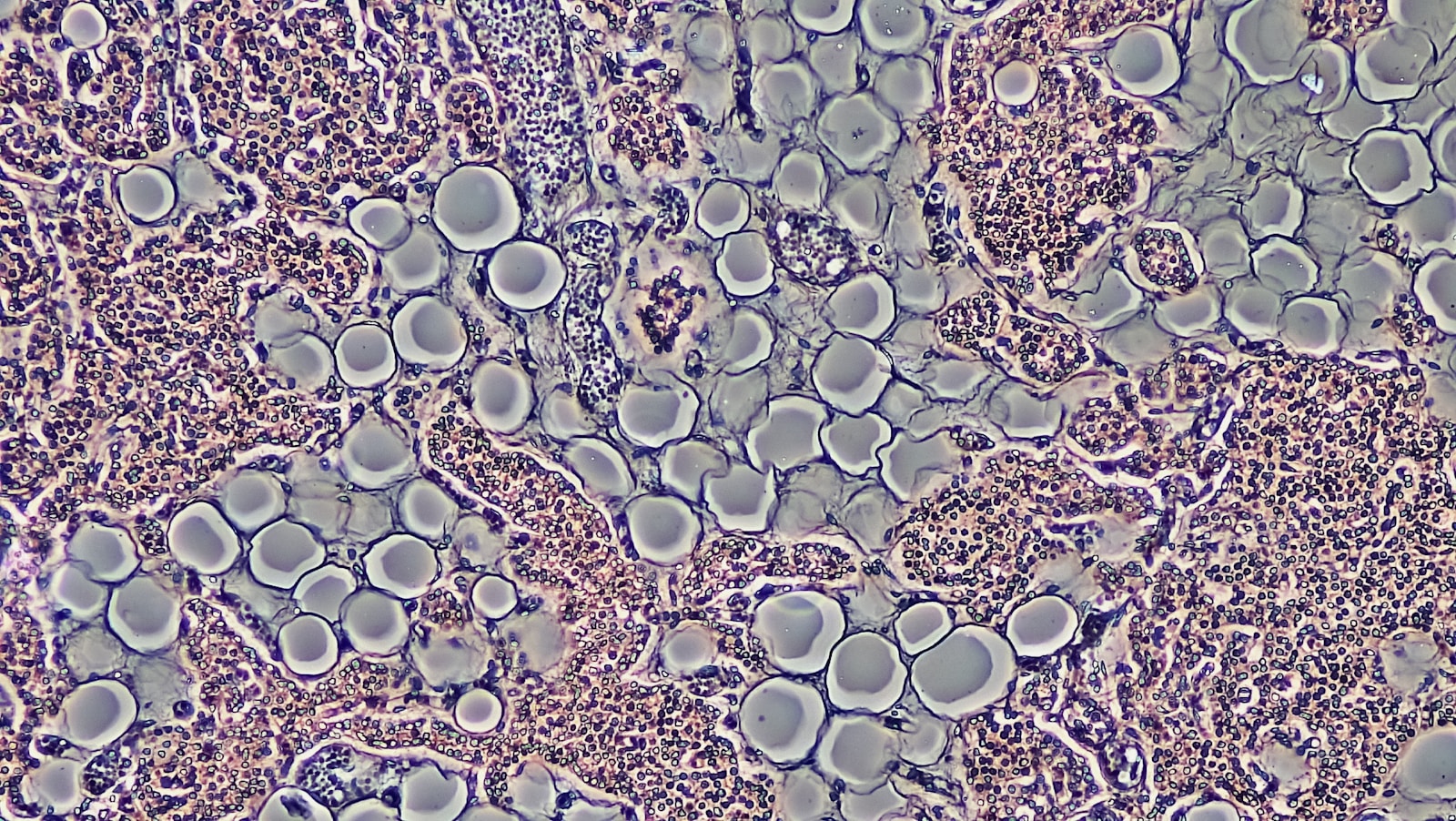The quest for eternal youth has fascinated humanity for centuries, and in recent years, advancements in science and medicine have brought us closer to this dream. One of the most promising developments in the field of anti-aging is stem cell therapy. Stem cells, known for their unique ability to develop into different types of cells in the body, are now being explored as a potential treatment for aging-related conditions. This essay delves into the science behind anti-aging stem cell treatments, their current applications, and the potential benefits and challenges they present for the future.
Understanding Stem Cells and Their Role in Aging
Anti aging stem cell treatment uses undifferentiated cells that have the remarkable ability to develop into various types of specialized cells, including muscle cells, skin cells, and neurons. They can divide and regenerate tissues in the body, playing a crucial role in repair and maintenance throughout a person’s life. However, as we age, the body’s regenerative capacity declines, and the process of cellular aging accelerates. The natural decline in stem cell function is linked to the development of age-related diseases such as arthritis, Alzheimer’s disease, cardiovascular conditions, and skin wrinkles.
Stem cell-based therapies aim to reverse or slow down the aging process by replenishing or repairing damaged tissues and organs. By stimulating the body’s natural healing process, stem cells could potentially rejuvenate tissues, improve physical function, and reduce the visible effects of aging.
Types of Stem Cells Used in Anti-Aging Treatments
There are several types of stem cells that are being investigated for anti-aging purposes. The most common types include:
- Embryonic Stem Cells: These cells are derived from early-stage embryos and have the potential to become any cell type in the body. Although they hold great promise, their use is controversial due to ethical concerns related to the destruction of embryos.
- Adult Stem Cells: Found in various tissues such as bone marrow, fat, and the skin, adult stem cells are more limited in their ability to differentiate than embryonic stem cells but are still capable of regenerating specific tissue types. They are less controversial and are commonly used in current anti-aging therapies.
- Induced Pluripotent Stem Cells (iPSCs): These are adult cells that have been genetically reprogrammed to revert to a pluripotent state, resembling embryonic stem cells. iPSCs have the potential to regenerate a wide range of tissues and hold promise for treating age-related degeneration.
- Mesenchymal Stem Cells (MSCs): Found in adult tissues, particularly bone marrow and fat, MSCs have shown great potential in repairing tissue damage, reducing inflammation, and promoting healing. They are widely used in clinical trials for anti-aging treatments.
Applications of Stem Cell Therapy in Anti-Aging
Stem cell therapy is being explored for a variety of age-related conditions and for general rejuvenation purposes. Some of the key applications include:
- Skin Rejuvenation: As we age, skin loses its elasticity, becomes thinner, and develops wrinkles. Stem cell treatments for skin rejuvenation focus on stimulating collagen production and promoting the growth of new skin cells. The use of stem cells derived from fat or skin tissue can help repair skin damage, reduce wrinkles, and improve skin tone and texture.
- Hair Regeneration: Stem cell therapy has shown promise in the treatment of hair loss. By injecting stem cells into the scalp, researchers aim to stimulate hair follicles and encourage new hair growth. This treatment has shown encouraging results for people suffering from age-related hair thinning and male pattern baldness.
- Joint and Bone Health: As people age, joint cartilage can deteriorate, leading to conditions like osteoarthritis. Stem cell therapy has been explored as a potential treatment for joint pain and degeneration. By using stem cells to regenerate cartilage and promote healing, it may be possible to slow or even reverse joint aging and improve mobility.
- Neurodegenerative Diseases: Age-related conditions like Alzheimer’s and Parkinson’s disease are characterized by the loss of neurons in the brain. Stem cells offer the potential to replace these lost cells, regenerate brain tissue, and improve cognitive function. Though still in the experimental stages, this area of research is one of the most promising for future anti-aging treatments.
- Cardiovascular Health: Aging is associated with a decline in cardiovascular function, including the stiffening of blood vessels and the weakening of the heart muscle. Stem cell therapy could potentially help regenerate damaged heart tissue, improve blood vessel function, and reduce the risk of heart disease.
Benefits of Anti-Aging Stem Cell Therapy
The potential benefits of stem cell therapy for anti-aging are vast. These include:
- Regeneration of Damaged Tissues: Stem cells can repair damaged tissues, slowing down or even reversing the effects of aging in various organs and systems.
- Improved Physical Function: Stem cell treatments could restore physical function in aging individuals, improving mobility, strength, and overall quality of life.
- Cosmetic Benefits: Stem cells can rejuvenate the skin, reduce wrinkles, and even regenerate hair, offering non-invasive alternatives to traditional cosmetic treatments like Botox and facelifts.
- Reduced Risk of Chronic Diseases: By rejuvenating organs and tissues, stem cell therapy could reduce the incidence of age-related diseases, potentially extending lifespan and promoting healthier aging.
Challenges and Ethical Concerns
Despite the potential, there are several challenges and ethical concerns associated with stem cell therapies.
- Safety and Efficacy: While early results are promising, stem cell therapies are still in the experimental phase, and long-term studies are needed to determine their safety and efficacy. Unregulated clinics and procedures could pose risks to patients, as the science behind stem cell therapy is still evolving.
- Ethical Issues: The use of embryonic stem cells raises significant ethical concerns regarding the destruction of embryos. Additionally, there are concerns about the potential exploitation of vulnerable populations, particularly in countries with less stringent regulations regarding stem cell treatments.
- Cost and Accessibility: Stem cell therapies can be expensive, making them inaccessible to many people. As the field progresses, ensuring that these treatments are affordable and accessible will be a major challenge.
Anti-aging stem cell treatments represent a cutting-edge approach to combating the physical and functional decline associated with aging. With the potential to regenerate tissues, improve skin health, restore hair growth, and treat chronic diseases, stem cell therapy holds great promise. However, challenges related to safety, efficacy, and ethical concerns must be addressed before these therapies can be widely adopted. As research continues, it is likely that stem cell therapy will become an integral part of aging and regenerative medicine, offering a new hope for healthier and longer lives.


